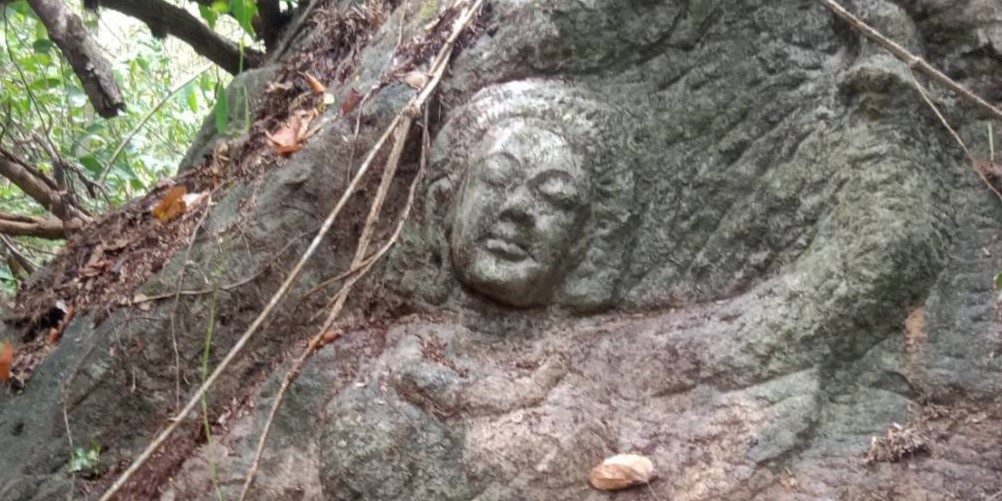Three Thai villagers made a remarkable discovery.
Others are reading now
Three Thai villagers searching for mushrooms stumbled upon an intricately detailed stone sculpture of a woman in a forest.
“Went mushroom hunting and found this,” Pramul Kongkratok, one of the locals, shared on social media according to The Nation Thailand.
“I’ve lived here for so long, but just learned we have this around here. It’s a blessing.”
Kongkratok alerted the Department of National Parks, Wildlife, and Plant Conservation. They, in turn, contacted art and antiquities authorities to determine the sculpture’s age and origins.
Also read
This discovery has sparked excitement and speculation among historians and locals alike.
Theories and Speculations
Several theories have emerged regarding the sculpture’s origins.
One prominent theory suggests it could date back to the 6th century, during the Dvaravati kingdom, which was located in modern-day Thailand near the Cambodia border—precisely where the sculpture was found.
However, the carving style does not match typical Dvaravati reliefs, such as those depicting musicians seated in a row.
Another theory proposes that the sculpture represents Maya Devi, the mother of Lord Buddha. This idea is partly based on the woman holding a branch of the Bodhi tree, under which Prince Siddharta Gautama meditated for seven days to attain Enlightenment.
Nonetheless, Maya Devi is rarely depicted alone and is usually shown lying down to illustrate the story of Buddha’s birth, casting doubt on this theory as well.

Local Artistic Influence?
Historically, artists from the golden age of Buddhist kingdoms in South Asia adhered to conformist carving styles, making this unique discovery stand out.
Interestingly, less than a mile from where the carving was found, there is a Thai Buddhist monastery, or Wat, inhabited by a group of artistically inclined monks, according to the Smithsonian.
This proximity raises questions about a more contemporary origin for the sculpture.
Regardless of its origins, the sculpture is a beautiful piece of art and a delightful reminder that the world is full of surprises.


